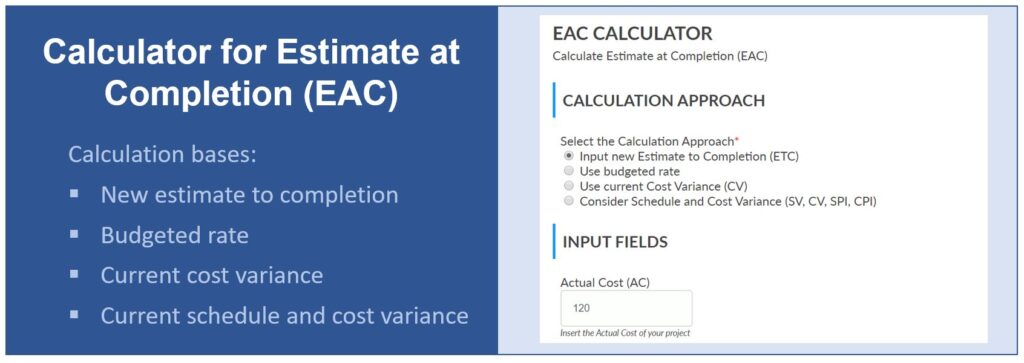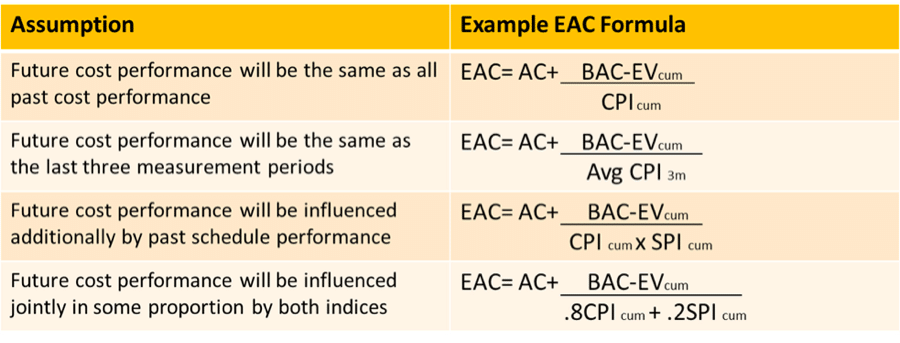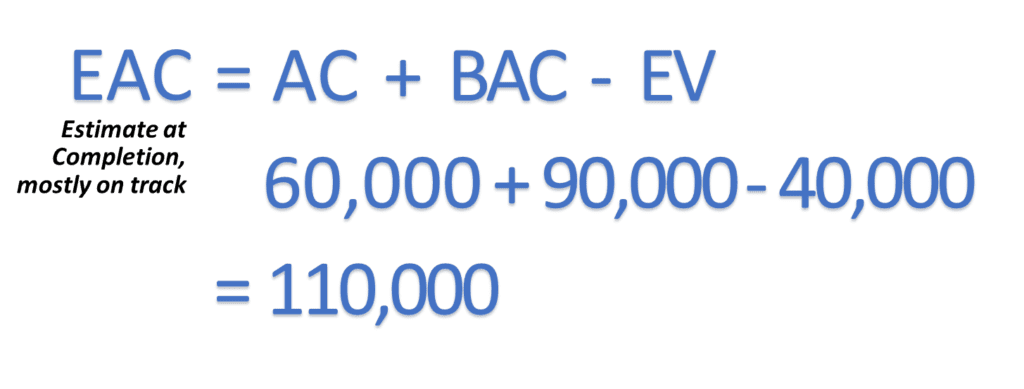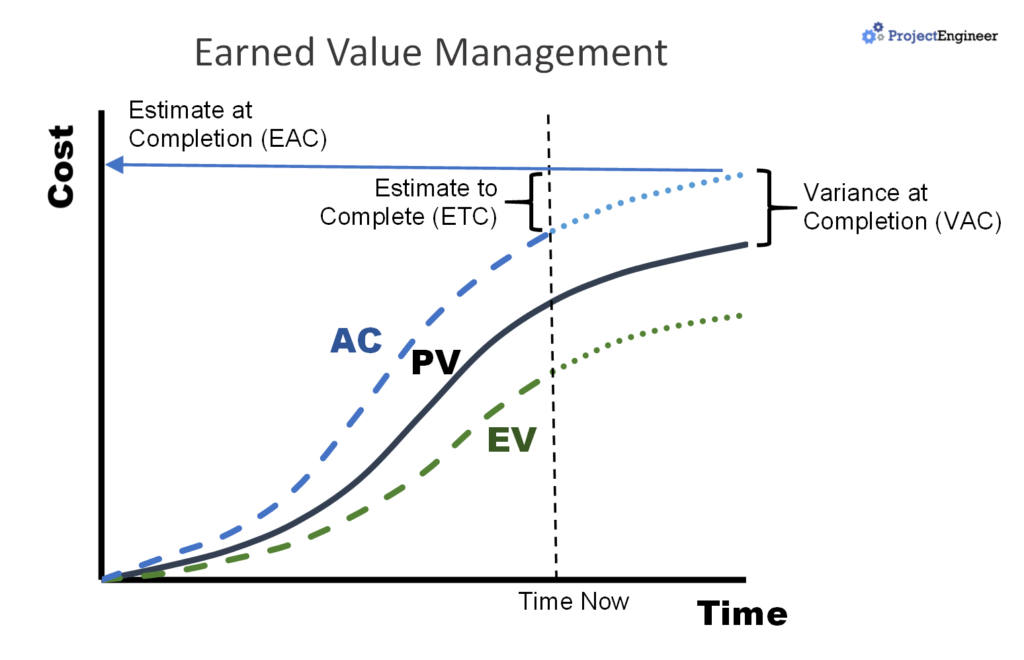
In the world of project management, there is a term called “EAC” that holds significant importance. EAC, short for Estimate at Completion, plays a crucial role in evaluating project progress and estimating the final cost. By understanding EAC, project managers can effectively monitor and control their projects, making informed decisions along the way. In this article, we will explore the concept of EAC in project management, unraveling its significance and providing practical insights on how to calculate and utilize it. So, let’s jump right in and uncover the intricacies of EAC together!
Understanding EAC in Project Management
Definition of EAC
EAC, which stands for Estimate at Completion, is a key term in project management. It refers to the projected cost or effort required to complete a project. EAC takes into account the actual progress of the project, as well as any changes or deviations from the original plan, to provide a more accurate estimation of the final cost. In simple terms, EAC tells you how much more you will need to spend to finish the project.
Importance of EAC
EAC plays a crucial role in project management as it helps project managers and stakeholders to assess the financial health of a project. By providing an estimate of the final cost, EAC allows for more accurate budgeting and resource allocation. It enables project managers to make informed decisions regarding funding, staffing, and scheduling. Additionally, EAC helps in identifying potential risks and deviations from the planned budget, allowing for timely corrective actions.

Factors Influencing EAC
Several factors can influence the EAC of a project. One of the most significant factors is the project’s schedule performance. If a project is running behind schedule, it is likely to incur additional costs to catch up. Similarly, changes in scope, requirements, or specifications can lead to increased costs and impact the EAC. Other factors include resource availability, efficiency, and productivity, which can affect the project’s cost projections.
Common Methods to Calculate EAC
There are various methods available to calculate EAC in project management. One common approach is the use of the formula EAC = AC + (BAC – EV), where AC represents the actual cost incurred, BAC is the budget at completion, and EV stands for earned value. Another method is the use of forecasting techniques such as the To Complete Performance Index (TCPI) and the Estimate to Complete (ETC) method. These techniques take into account the project’s current performance and trends to estimate the remaining cost.

EAC vs. AC and BAC
While EAC provides an estimate of the total cost to complete a project, AC represents the actual cost incurred up to a certain point in time. BAC, on the other hand, refers to the total budget allocated for the entire project. AC helps in assessing the project’s current financial status, while comparing EAC with BAC helps in identifying any budget overruns or cost savings. By analyzing these metrics, project managers can determine if cost control measures need to be implemented and make adjustments accordingly.
Benefits of Accurate EAC
An accurate EAC estimation can bring numerous benefits to project management. Firstly, it aids in effective financial planning and budgeting, ensuring that sufficient funds are available for project completion. Secondly, it enables project managers to monitor the project’s financial progress and make timely adjustments to mitigate any cost overruns. Accurate EAC estimation also helps in evaluating project performance, identifying areas of improvement, and making informed decisions regarding resource allocation and schedule adjustments.

Challenges in Determining EAC
Determining EAC can be a complex task due to various challenges. One of the main challenges is dealing with uncertainties and risks. Projects often face unexpected events, changes, and uncertainties that can significantly impact the estimated cost. Additionally, accurately forecasting future performance and cost trends can be challenging, especially in dynamic and complex projects. Proper data collection, analysis, and effective risk management strategies are essential to overcome these challenges and arrive at a reliable EAC estimation.
Best Practices for Estimating EAC
To improve the accuracy of EAC estimation, project managers can follow several best practices. Firstly, regular monitoring and updating of project progress and cost data are crucial. This ensures that the estimation is based on the most up-to-date information. Secondly, leveraging historical data from similar projects can provide valuable insights and benchmarks for estimating EAC. Additionally, involving key stakeholders and subject matter experts in the estimation process can bring diverse perspectives and enhance the accuracy of the estimation.

Case Studies on EAC Estimation
Several case studies have highlighted the importance of accurate EAC estimation in project management. One such study involved a construction project where unexpected delays and change orders resulted in cost overruns. By accurately estimating EAC and implementing cost control measures, the project manager was able to bring the project back on track and prevent further budget deviations. Another case study involved a software development project where poor EAC estimation led to underfunding and compromised product quality. These examples emphasize the need for robust EAC estimation techniques.
Conclusion
Understanding EAC in project management is vital for successful project execution. EAC provides a reliable estimate of the final cost needed to complete a project, enabling project managers to make informed decisions and allocate resources effectively. By considering factors such as schedule performance, scope changes, and resource efficiency, project managers can calculate EAC using various methods and techniques. Accurate EAC estimation brings several benefits, including improved financial planning, effective cost control, and enhanced project performance. Despite the challenges in determining EAC, following best practices and leveraging case studies can help project managers achieve more accurate estimations and ensure project success.








